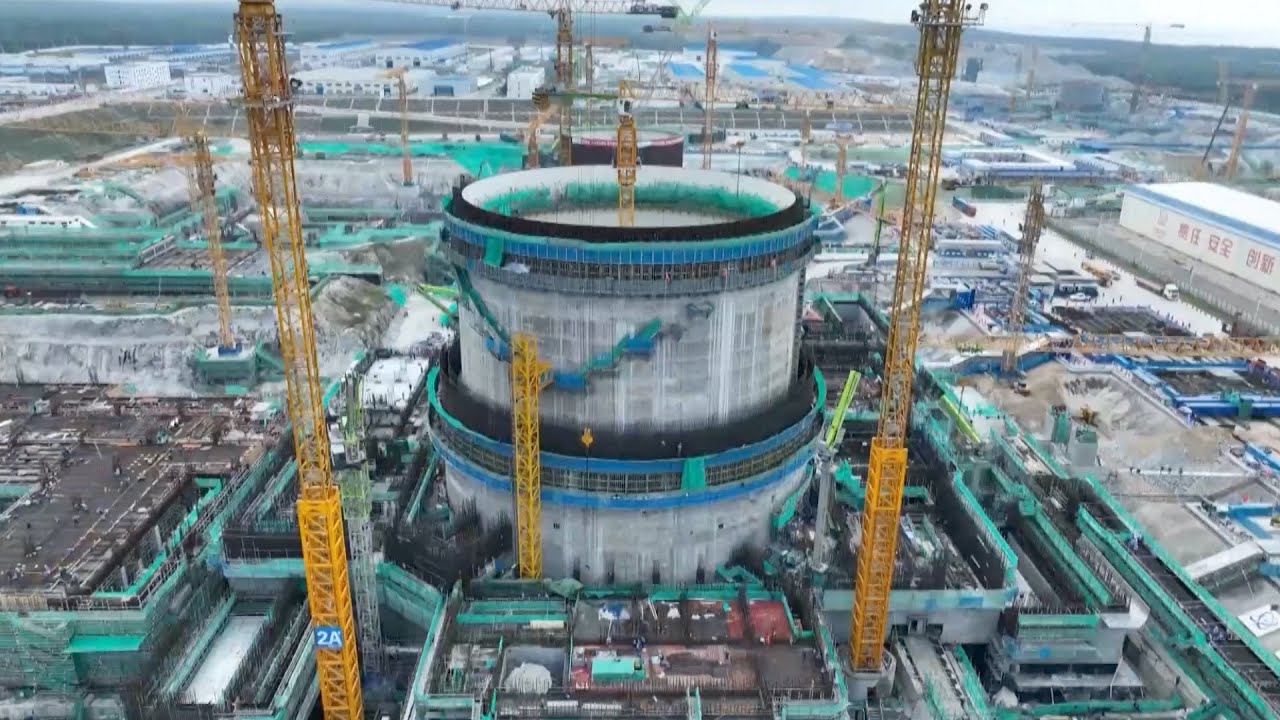Environmental Impact Assessments (EIAs) play a crucial role in modern society by evaluating the potential environmental consequences of proposed projects or developments. These assessments are vital tools for ensuring sustainable development and minimizing adverse effects on the environment. Let’s delve deeper into the significance of EIAs and their role in shaping our world.
History of EIAs
The concept of Environmental Impact Assessments emerged in the mid-20th century as a response to growing environmental concerns. Over the years, EIAs have evolved from simple environmental reviews to comprehensive assessments integrated into the project planning process.
Legal Framework
Internationally, various treaties and conventions mandate the use of EIAs for certain types of projects. Additionally, many countries have enacted legislation requiring EIAs for proposed developments, ensuring environmental protection and sustainable development.
Objectives of EIAs
EIAs serve multiple purposes, including protecting the environment, aiding decision-making processes, and promoting public participation. By identifying potential environmental impacts early in the planning stages, EIAs help developers and policymakers make informed choices.
Process of Environmental Impact Assessments
The EIA process typically involves several stages, including scoping, baseline studies, impact prediction, mitigation measures, and ongoing monitoring. This systematic approach ensures that all potential environmental impacts are thoroughly evaluated and addressed.
Benefits of EIAs
The benefits of conducting EIAs are numerous. They promote sustainable development by identifying and minimizing adverse environmental effects, reduce project risks, and enhance decision-making by providing valuable information to stakeholders.
Challenges in Implementing EIAs
Despite their benefits, EIAs face challenges in implementation. These include enforcement issues, data limitations, and difficulties in engaging the public effectively. Addressing these challenges is crucial to ensuring the effectiveness of EIAs.
Case Studies
Examining both successful and unsuccessful EIA implementations provides valuable insights into best practices and areas for improvement. Case studies highlight the importance of thorough assessments and stakeholder engagement in achieving positive outcomes.
Future Trends
Advancements in technology, such as remote sensing and geographic information systems, are transforming the EIA process. Additionally, integrating EIAs with other assessment tools, such as social impact assessments, can provide a more holistic understanding of project impacts.
Conclusion
Environmental Impact Assessments are essential tools for promoting sustainable development and protecting the environment. By systematically evaluating potential impacts and engaging stakeholders, EIAs help ensure that proposed projects proceed in an environmentally responsible manner.



